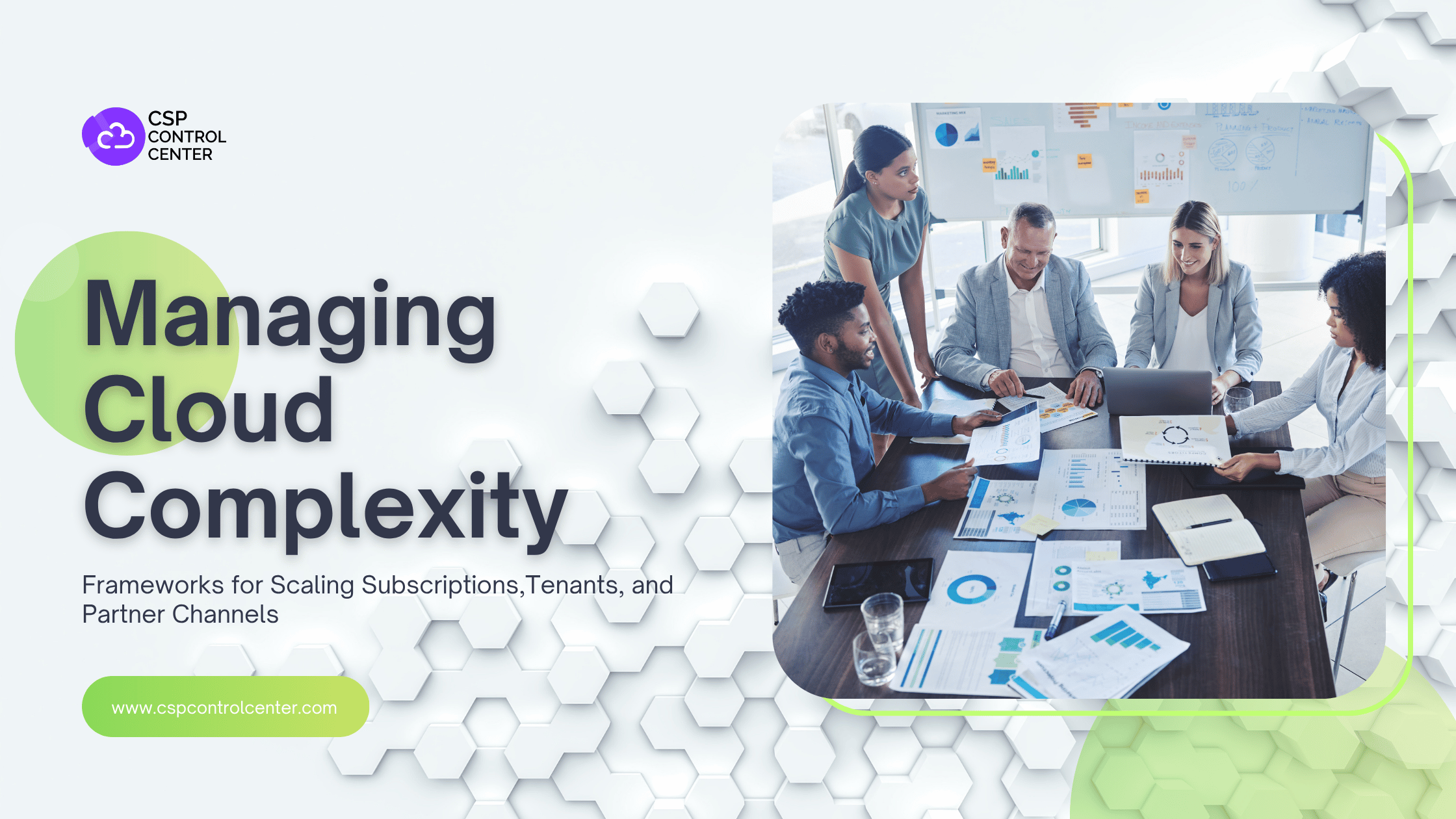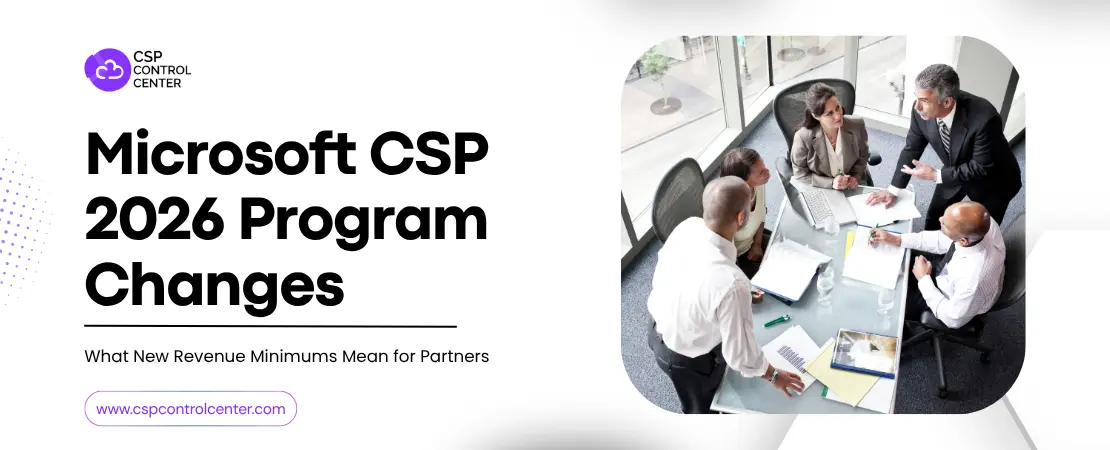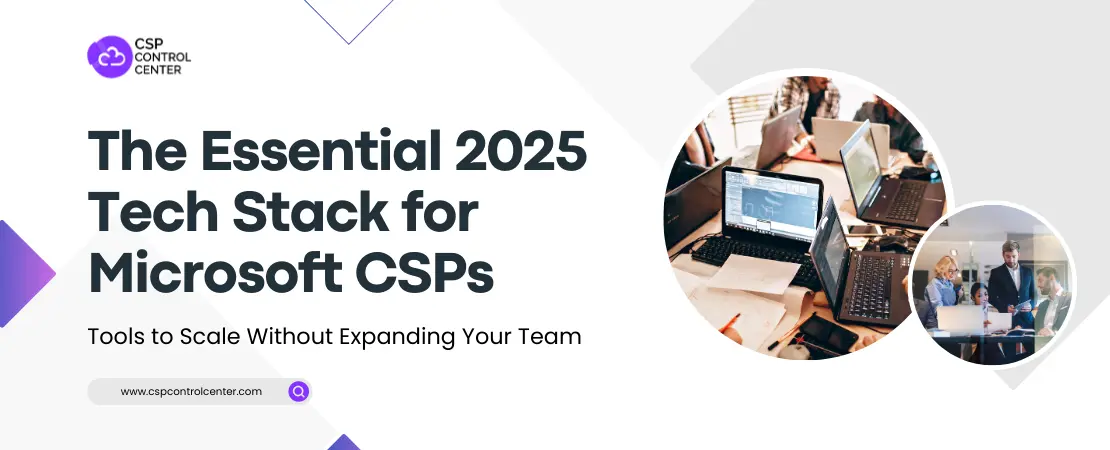The cloud services market has experienced massive growth, according to a report by Gartner, “By 2028, cloud computing will shift from being a technology disruptor to becoming a necessary component for maintaining business competitiveness. Worldwide end-user spending on public cloud services is projected to exceed $1 trillion in 2027.”
This explosive growth is good for business, but it brings with it both operational as well as challenges. As the customer base expands and Cloud Solution Providers (CSPs) increase their offerings, the cloud complexity multiplies.
Modern cloud environments have come far from being mere hosting platforms. Today, they have grown into complex systems where subscriptions cover different service levels, tenants use shared resources for all kinds of workloads, and partner channels are packed with layers of connections and dependencies. The challenge for CSPs is not just managing this complexity but doing so while maintaining peak performance and customer satisfaction. To handle this complexity, cloud providers need to focus on three key areas:
- Managing subscriptions so customers only pay for what they actually use, no wasted resources, no surprise costs.
- Improving multi-tenant setups so different users can share the same system safely and efficiently, without slowing things down or risking data leaks.
- Keeping partner networks in check by making collaboration smoother and making sure everyone gets credit and revenue for their part in the process.
Why Cloud Complexity Creeps in So Fast
The first step to managing the cloud service is to understand why the complexity arises. The traditional IT setups are isolated, whereas in cloud environments, everything is connected. That means even a small change can impact on other services, teams, or even customers.
Factors Driving Complexity
As the rate of cloud adoption increased, so have the complexities. With more and more businesses moving to the cloud, there is a rise in unique needs and expectations. Customers demand solutions that are not only scalable but can also meet their specific business needs. On top of that, the rise of subscription-based models with all their different pricing tiers adds another layer to manage.
Another big factor is the move to multi-tenant setups where multiple customers share the same cloud infrastructure. Every customer expects things to run fast, stay private, and be secure regardless of who else is using the same system.
On top of that, you’ve got a whole team of partners, including resellers, service providers, and software vendors, who are all working to deliver and bill for these services. Keeping everyone on the same page and everything running smoothly can be a real challenge.
Challenges that Follow
The cloud complexity leads to several challenges that CSPs need to manage. Some of the common challenges include-
Visibility Gaps
A major challenge in managing cloud services is not being able to see everything clearly. There are so many users, services, and regions that it becomes difficult to keep track of everything. You might find yourself wondering, “Who’s using what?” or “Why is this costing so much?” or even “Where is this workload actually running?”
Fragmented Operations
Cloud operations can feel scattered. You need to deal with different dashboards, pricing structures, and contract terms depending on the service or partner. This prevents holistic management.
Security and Compliance
As the cloud complexity increases, the harder it becomes to keep things secure and compliant. Every new tenant, service, or partner introduces new risks. These can include data exposure, access issues, or falling short of regulatory requirements.
Coordinating with Diverse Partners
In the cloud world, you are rarely working alone. There are resellers, software vendors, etc., that need to be managed. Each partner comes with their own systems, timelines, and priorities, which can make coordination difficult and slow unless managed well.
Balancing Resource Allocation across Tenants
In multi-tenant environments, customers share infrastructure. That means resources need to be fairly divided up so that no one tenant ends up hogging them all, while also ensuring that everyone gets consistent performance. This balancing act gets harder as more tenants and workloads are added.
Ensuring Accurate Billing
Cloud billing is not as simple and straightforward as traditional IT billing. There are several parameters such as cloud usage, contract terms, customer pricing, or discounts that need to be taken into account before generating bills. Even a small error in entering data or applying the wrong pricing can lead to billing errors and disputes.
Why It Cannot Be Overlooked
When cloud complexity is not addressed promptly, it starts to affect different aspects of the CSP business. Here is why these issues cannot be left unchecked:
Operational Inefficiencies
As the cloud complexity increases, even simple tasks start taking up more time and resources. Teams have to spend hours just trying to keep things running smoothly. This reduces efficiency and makes it harder to focus on innovation and customer experience.
Billing Disputes
Nothing shakes a customer’s confidence faster than a bill that does not make sense. Cloud billing can be quite complex, where customers might be unable to see exactly what they are paying for. If something looks off, they will question it. This can lead to billing disputes, which can take a lot of time and resources to resolve. in some cases, if the customers are unhappy with the recurring billing issues, they might even switch to another cloud providers.
Partner Dissatisfaction
Your partners, whether resellers or software vendors, rely on clear data and consistent communication to do their job well. If they are constantly dealing with delays, missing reports, or confusing usage data, frustration builds. And when partners start feeling unsupported or left in the dark, they are less likely to push your services and more likely to look elsewhere.
Missed Upsell Opportunities
Complex cloud environments generally lead to limited visibility of how customers are actually using your services and make it difficult to spot opportunities for growth. You might miss the signs that a customer is ready to scale up or overlook patterns that suggest they would benefit from another offering.
Framework 1: Streamlining Subscription Management
Subscription management is complex and can get really tricky as more customers sign up and you offer more services. Without proper frameworks for tracking, billing, and optimizing subscriptions, CSPs quickly find themselves overwhelmed by the administrative burden of managing thousands or even millions of customer relationships. A clear framework ensures that every subscription is tracked, aligned with usage, and maintained accurately.
Subscription Lifecycle Tracking
Managing subscriptions isn’t just about collecting payments, it’s about staying on top of every single interaction your customers have with your service. From the moment someone signs up to when they eventually cancel (or hopefully renew), there’s a lot that can go wrong if you’re not paying attention. When someone newly signs up, you need to gather all the necessary information like billing details and keep it in a centralized place. By doing so, every department, from sales to finance to operations, gets access to the most current and accurate information.
Apart from this, customers should be able to view subscription history and upcoming billing cycles. This reduces confusion and prevents billing disputes.
Granular Visibility Across Services
Each service offered has unique metering and consumption patterns. When you can see exactly how each customer is using your services, everything becomes clearer. You can track patterns, make sure billing is accurate, and figure out where there is room to fine-tune things. Avoid subscription sprawl by having a well-structured service catalog. This also helps with launching new services or discontinuing ones that are no longer needed. For customers, this structure means more control. They can tweak their service bundles or adjust usage limits on their own.
Self-Serve Tools
Today’s customers expect to manage their subscriptions on their own, without having to call or email support every time they need to make a change. These tools are beneficial for both the customers as well as CSPs. Customers gain by getting access to invoices, subscription information, usage data, as well as the ability to manage their subscriptions. CSPs benefit from reduced support requests and the associated administrative costs.
The self-service portals should have information that is accurate and up to date. The interface of the portal should be designed such that it gives customers full control while it remains easy to use and navigate.
Framework 2: Optimizing Multi-Tenant
Architectures
Designing for a multi-tenant setup is one of the tougher challenges in cloud service delivery. You are essentially building a system where many customers share the same infrastructure, but each one still expects their data and environment to be completely separate and secure. Getting that right takes thoughtful planning and precise execution.
Operational Guardrails for Tenants
Strong access controls are needed for such systems. Each tenant should only be able to see and manage their own data and services. Role-based permissions should be used where organizations set access levels based on specific user roles, whether that is an admin, a billing manager, or a technical user. But setting these up once is not enough; they should be regularly reviewed to ensure that only authorized personnel have access.
Set limits around how much a tenant can use. Without setting clear limits, your customer might unknowingly use more than their share, which can end up affecting performance for everyone else on the system.
Central Oversight Without Micromanagement
You need a clear view of how tenants are using the system. The right tools can help you track real-time metrics, review audit logs, and spot unusual activity early. Also, tenants should have access to their own usage insights, things like visual reports, timely alerts, and notifications, so they can stay informed and act when necessary. This helps keep things under control while giving the customers the independence they need.
Framework 3: Scaling Partner Channels
In the cloud ecosystem, partner channels refer to external businesses such as resellers, managed service providers, and distributors that help deliver your cloud services to end customers. While these partners significantly expand your reach, they also introduce added complexity in terms of onboarding, governance, and performance tracking. Each partner has their own systems, expectations, and processes.
Standardizing Partner Onboarding and Governance
Onboarding does not have to be complicated, but it does need to be clear and consistent. When partners know what to expect from the start, they can get up to speed faster and start contributing real value sooner. Standardizing the process helps a lot here, especially when it includes practical training and easy access to the technical materials they will need. To simplify legal processes, prepare standardized agreement templates. Additionally, define roles and permissions for partners, clearly outlining the services they are authorized to provision.
Keeping Visibility and Accountability Intact
To effectively manage partner relationships and enhance your partner channel strategy, you need to closely monitor revenue by partner, region, and service type. This data must be both accurate and timely. It is important to have a clear compensation model in place for commissions and incentives. When partners are compensated fairly and transparently, they stay motivated and aligned with your goals. Analytics can also give you a clearer picture of who is performing well, where new growth opportunities are emerging, and how to reduce the chances of misunderstandings or conflicts.
Integrating Frameworks for Holistic Cloud Management
Managing cloud complexity is not straightforward; it requires strategic frameworks for subscriptions, tenants, and partner channels. Streamlined subscription management ensures accurate billing and customer satisfaction. Optimized multi-tenant architectures balance efficiency and security. Scalable partner channels enhance market reach and accountability. Integrating these frameworks with unified platforms, real-time analytics, and automation creates a cohesive management system. The long-term benefits include operational efficiency, enhanced customer trust, and a competitive edge.
Each framework tackles a different piece of the cloud complexity puzzle, but the real impact comes when they all work together. If these systems operate in isolation, you end up creating new silos instead of solving the problem. And in today’s cloud environments, everything is too connected for that to work.
Real-time analytics tie these frameworks together, providing insights into usage patterns, tenant performance, and partner contributions. Automation streamlines repetitive tasks, such as billing and provisioning, freeing up your teams to focus on higher-value work.
A unified platform like a CSP billing automation solution can make a significant difference here. The platform should pull data from across systems and present it in a way that works for the people using it, whether they are handling billing, managing support, or coordinating with partners. The goal is to simplify daily operations, so users are not constantly switching between tools. By assessing current systems and investing in adaptable, data-driven solutions, CSPs can transform complexity into opportunity, ensuring sustainable growth in an ever-evolving cloud landscape.
Take Control of Your Cloud Complexity with CSP Control Center
CSP Control Center (C3) is purpose-built to help Cloud Solution Providers streamline subscription management, optimize multi-tenant operations, and scale partner ecosystems, all within a unified, automated platform. With real-time analytics, customizable frameworks, and self-service tools, C3 empowers your teams to eliminate visibility gaps, reduce billing errors, and improve partner accountability. Explore how C3 can transform your operations and accelerate your growth.
Book a Demo now to learn how C3 can simplify your cloud complexity.

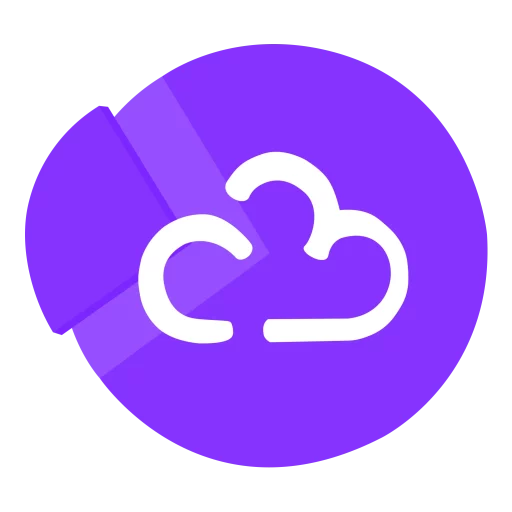 CSP Control Center
CSP Control Center
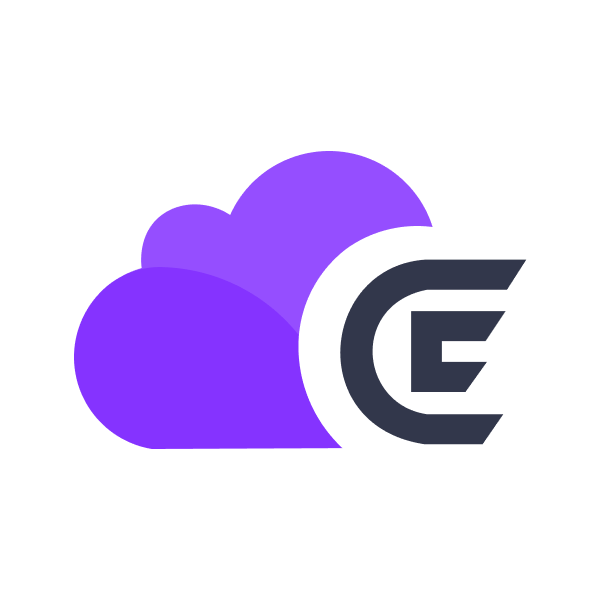 CloudEvents
CloudEvents
